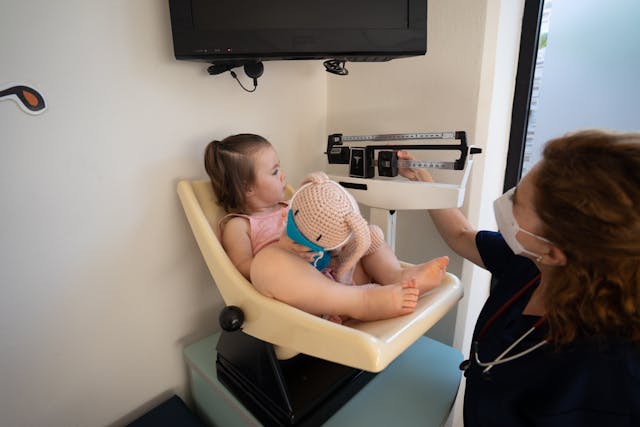Why is Physician Assistant Named the Number 2 Best Job in Healthcare?
U.S. News & World Report ranked the Physician Assistant (PA) profession as the #2 Best Health Care Job, #4 Best STEM Job, and #5 among the 100 Best Jobs in its 2024 rankings. AAPA President Folusho E. Ogunfiditimi emphasized that this consistent recognition over seven years highlights PAs’ dedication to patient care and their essential role in healthcare teams. The PA profession’s future looks promising with a projected 26.5% employment increase from 2022 to 2032, according to Bureau of Labor Statistics data. Despite advancements in technology and AI, the PA role remains vital due to its focus on personalized patient care.
Physician Assistant Benefits
Bethel University explains why being a physician assistant can have many benefits such as:
Versatility: PAs can work in various medical fields and settings, from clinics and hospitals to public health and medical missions, addressing the need for healthcare professionals, especially in underserved areas. The Bureau of Labor Statistics projects a 27% increase in PA roles by 2032.
Quicker Entry into Workforce: PAs can start their careers faster and with less debt than physicians, bypassing the lengthy and expensive education required for doctors.
Fulfilling Career: PAs engage in direct patient care, diagnosing and treating patients, which provides a high level of job satisfaction.
Competitive Salary: The median annual salary for PAs was $126,010 in 2023, making it a financially rewarding career.
Specialization Flexibility: PAs can specialize in various fields without lengthy residencies and can switch specialties based on their interests and community needs.
Collaborative Work Environment: PAs work closely with multidisciplinary teams and, in many states, do not require a supervising physician, allowing for a collaborative and team-based approach to patient care.
Work-Life Balance: PAs often have more predictable hours and opportunities for part-time or flexible schedules, aiding in maintaining a work-life balance.
Lifelong Learning: PAs engage in ongoing professional development, staying current in the medical field and participating in community health initiatives, potentially influencing public health and education.
2024 American Academy of Physician Associates (AAPA) Digital Salary Report
The 2024 American Academy of Physician Associates (AAPA) Digital Salary Report revealed that base compensation for Physician Associates/Assistants (PAs) increased by 5.8% in 2023, rising from $120,000 in 2022 to $127,000. AAPA President Folusho E. Ogunfiditimi highlighted the growing demand for PAs, with the profession expected to see a 27% employment growth from 2022 to 2032. Key findings from the report include:
37% of PAs worked in hospital settings, earning a median compensation of over $130,000.
PAs who felt professionally fulfilled tended to have higher median compensation.
90% of PAs received professional development funds.
The top three states for PA base salaries were California ($150,000), Alaska ($141,000), and Hawaii ($140,000).
The report, based on responses from 12,207 PAs, is a comprehensive resource on PA compensation, covering various aspects such as base salary, bonuses, and benefits, with detailed breakdowns by experience, specialty, setting, and employer.
PA Jobs Available Right Now
Looking for opportunities in the Physician Associate/Assistant (PA) field? Look no further! Momentum has a multitude of listings tailored to your preferences and career aspirations. Whether you’re seeking positions in hospitals, clinics, or other healthcare settings, explore our extensive listings to find the perfect fit for you. Your next career move awaits!
Sources:
globenewswire.com
openai.com











Recent Comments